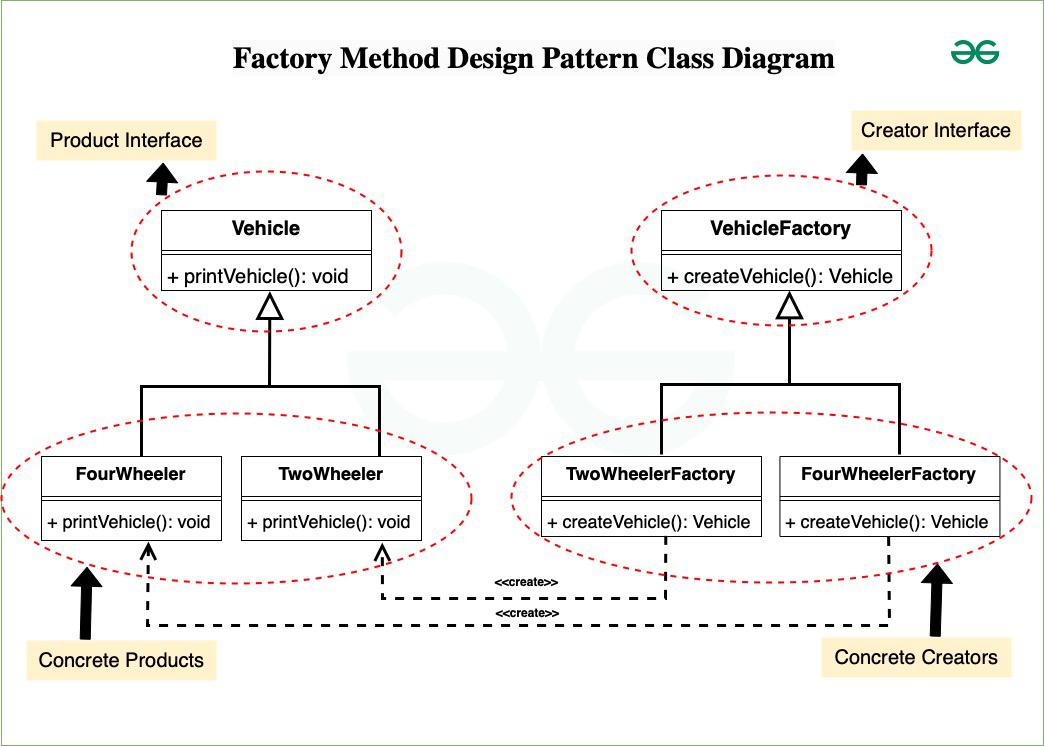Reflect on Design Patterns
04 Dec 2024Imagine assembling a piece of furniture, such as a bookshelf. Instead of devising a unique method to construct each shelf, you rely on a standard set of instructions that ensures all the pieces fit together seamlessly. In software development, these “standard instructions” are known as design patterns. Design patterns are proven solutions to recurring problems that programmers frequently encounter. Much like furniture assembly guides help you build sturdy and functional pieces without needing to invent new techniques, design patterns enable developers to craft reliable and efficient code without starting from scratch every time. They serve as a shared vocabulary, streamlining communication and collaboration within development teams while ensuring consistency and quality in the software they create.

Take the Singleton Pattern, for example. It’s akin to the main light switch in a room—there’s only one switch that controls all the lights, ensuring everything operates together smoothly. In software, the Singleton Pattern ensures that a class has only one instance, which is particularly useful for managing resources like a database connection, where multiple instances could lead to conflicts. Another example is the Observer Pattern, which functions much like a weather app that notifies you when the forecast changes. In programming, the Observer Pattern allows one part of the code to monitor and respond to changes in another part. This is especially useful for tasks like updating the user interface automatically when data changes, all without tightly coupling different components.
In my own coding projects, I have frequently used the Factory Pattern. Think of a factory that produces different types of chairs based on specific requirements. The Factory Pattern offers a way to create objects without specifying their exact class, making the code more flexible and easier to update when new object types are needed.
I also rely on the Strategy Pattern, which can be compared to having various cleaning methods depending on the task at hand. This pattern allows you to define a family of algorithms, encapsulate each in its own class, and make them interchangeable. It brings organization to the code and simplifies modifications or extensions with new strategies.
Using these patterns has significantly improved the reliability and maintainability of my software. Much like well-assembled furniture, design patterns help ensure that the code is sturdy, functional, and adaptable. By applying these proven solutions, I can create software that is not only efficient but also easy to maintain and expand, contributing to a smoother development process and better-quality code overall.

In summary, design patterns are like the standard instructions that help software developers solve common problems efficiently. By applying these patterns in my projects, I create systems that are strong, adaptable, and easy to manage qualities that are essential in software.